Hong Kong is something of a contradiction. One of the world’s most densely populated cities—certainly, with one of its most awe-inspiring skylines—Hong Kong is a surprisingly manageable place to visit, even if you’ve only got a short amount of time to discover it. In fact, three days in Hong Kong is all you need, thanks to the city’s compact footprint, great public transport and 24-hour bustle.
Indeed, surprise is a feeling that will come up time and again on your trip to Hong Kong. The city is home to a number of sacred and downright tranquil spots, which provide a great contrast to the raucous markets and neon lights you usually associate with it. Likewise, the highest point in Hong Kong is not one of its many skyscrapers, but an impossibly lush mountain called Victoria Peak.
No matter what takes you to Hong Kong, or how many times you’ve been, use my sample itinerary for three days in Hong Kong to plan the ultimate trip to Hong Kong.
WHERE TO STAY IN HONG KONG
Hong Kong has a–deserved—reputation as one of the world’s most expensive cities. More recently I’ve taken a liking to many of Hong Kong’s boutique hotels, most notably the Perkin Hotel located off Kimberley Road in Kowloon.
DAY ONE: KOWLOON BY DAY AND NIGHT
Speaking of Kowloon, it’s where I recommend you start your three days in Hong Kong. One of two main “lobes” of Hong Kong (the other being Hong Kong Island, just south across Victoria Harbour), Kowloon is in many ways the most iconic part of Hong Kong, visually and otherwise.
If you arrive in Hong Kong at night (as I almost always seem to) walk down neon-lit Nathan Road in Tsim Sha Tsui to the waterfront Clock Tower, where you can enjoy a gorgeous view of the Hong Kong skyline, with ferries and red-sailed junk boats passing in front of it. The view can be nice during the day, too, especially when it’s sunny, but seeing the city illuminated makes it seem more spectacular.

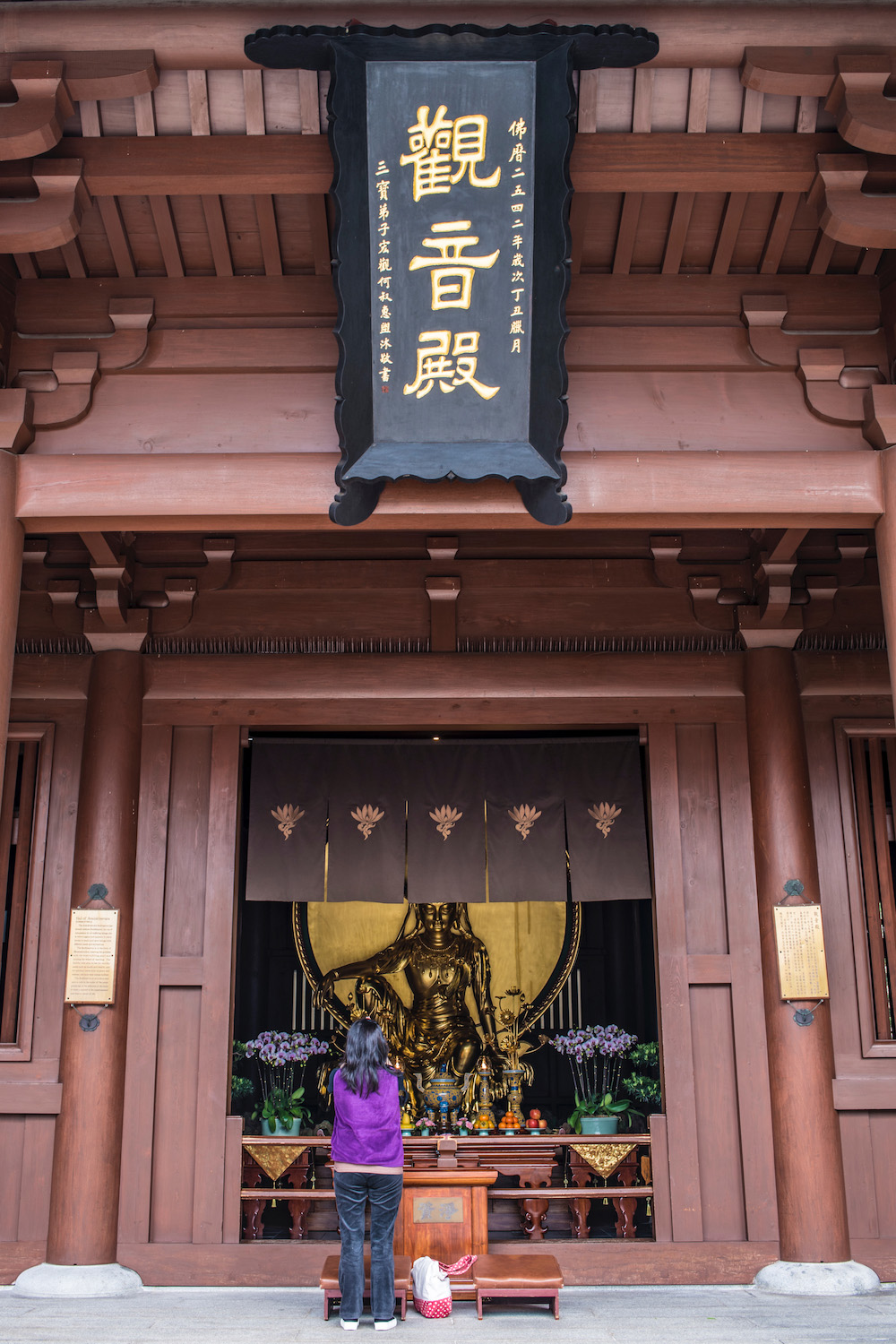
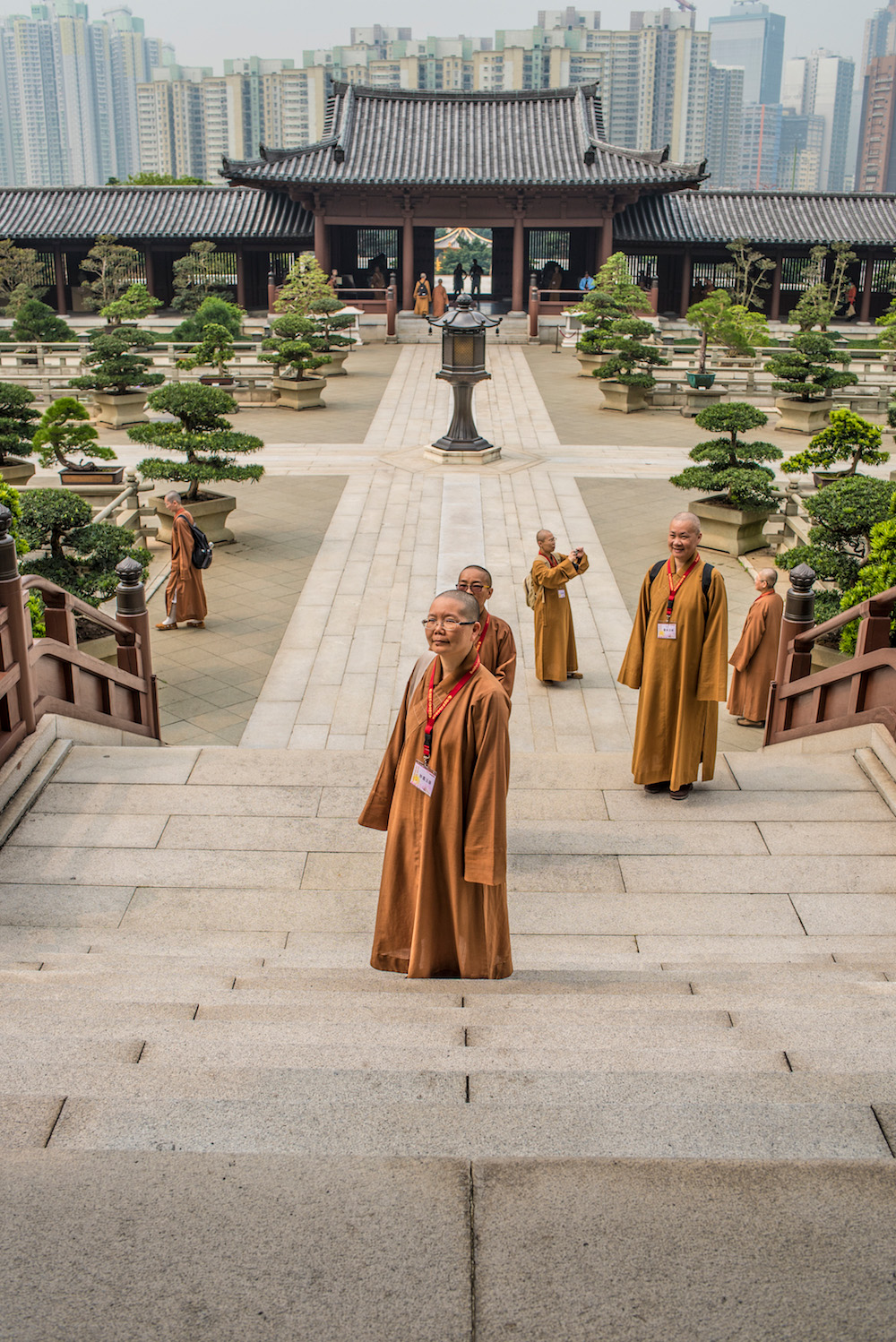
To be sure, while much of Kowloon is objectively more attractive at night (markets in Mong Kok and near Jordan Road, such as the Temple Street Night Market, come to mind), there’s plenty of engaging stuff to do with your day in Kowloon.
For a modern flair, visit the aptly-named Innovation Tower at Hong Kong Polytechnic University in Hung Hom. Spots such as Nan Lian Garden and Chi Lin Nunnery exude a more traditional sort of chill, while Kowloon Park, which is the site of the controversial, now-demolished Hong Kong Walled City, blends the two moods.
DAY TWO: HIGHS AND LOWS OF HONG KONG ISLAND
Wake up at your leisure on day two, then head down to the Star Ferry Terminal and take a boat toCentral Pier, on Hong Kong Island. The pleasant, cheap journey provides great views of both sides of the city and a treat once you arrive, whether you prefer the city’s massive skyscraper, or traditional buildings such as the Former Legislative Council Building or the Former French Building.
Buildings should be the focus of your day in Hong Kong Island in general, so once you’ve finished exploring the CBD (and, potentially, the Zoo, Aviary and Botanic Gardens located slightly up the hill in the aptly-named Mid-Levels), ride the Hong Kong MTR to Tai Koo station, where you’ll find one of the most iconic buildings in Hong Kong: A public housing tenement known as the Yick Fat Building.
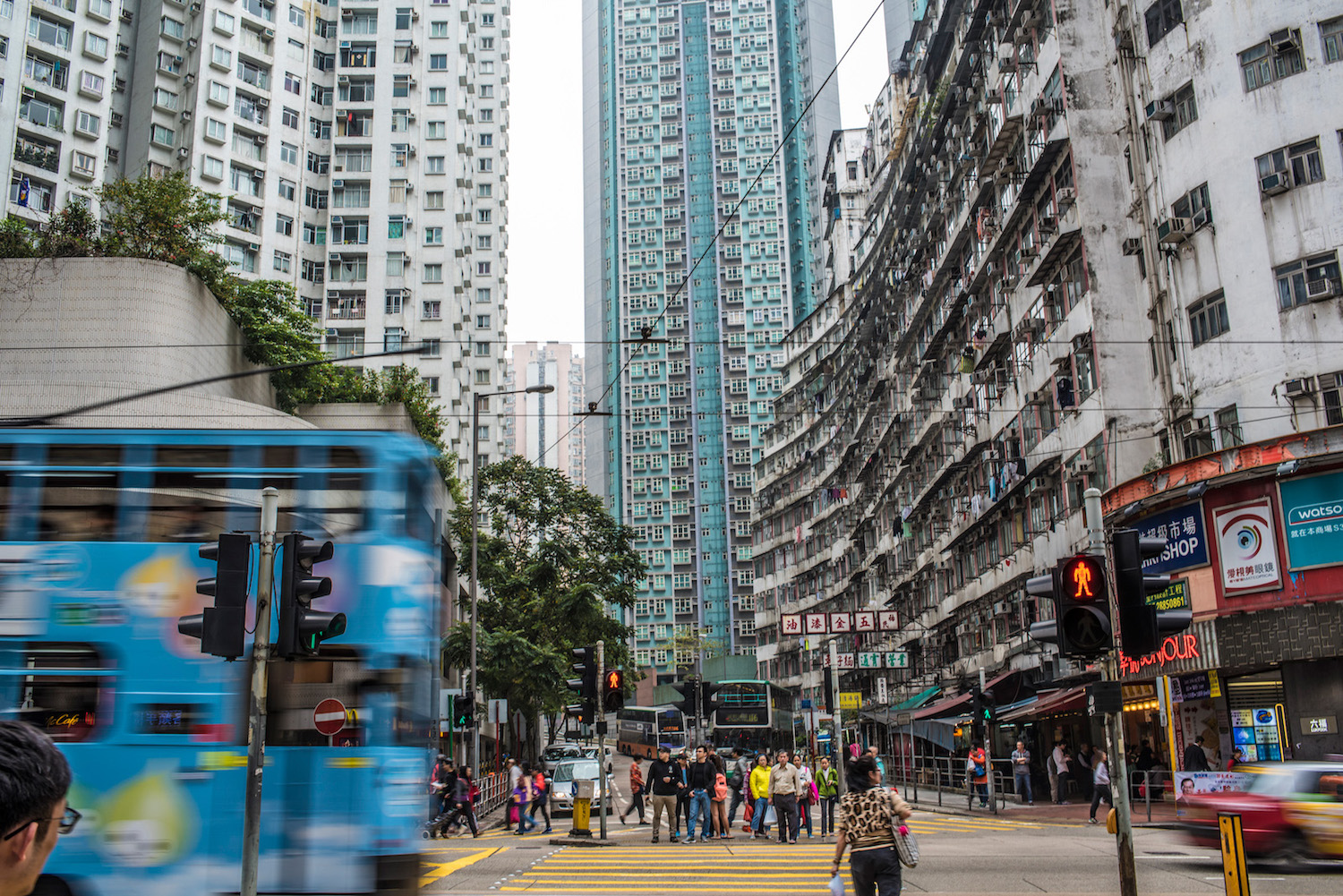
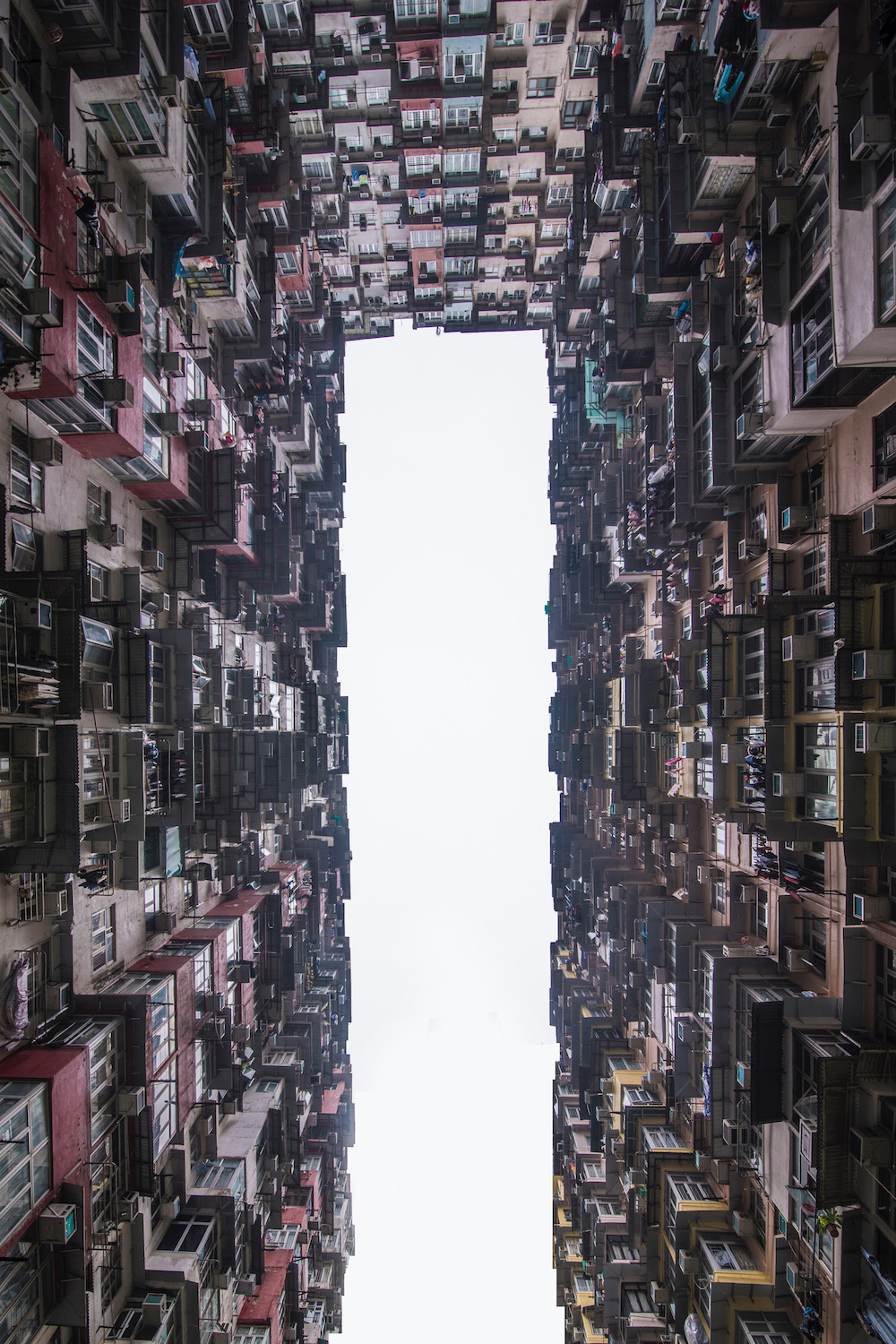
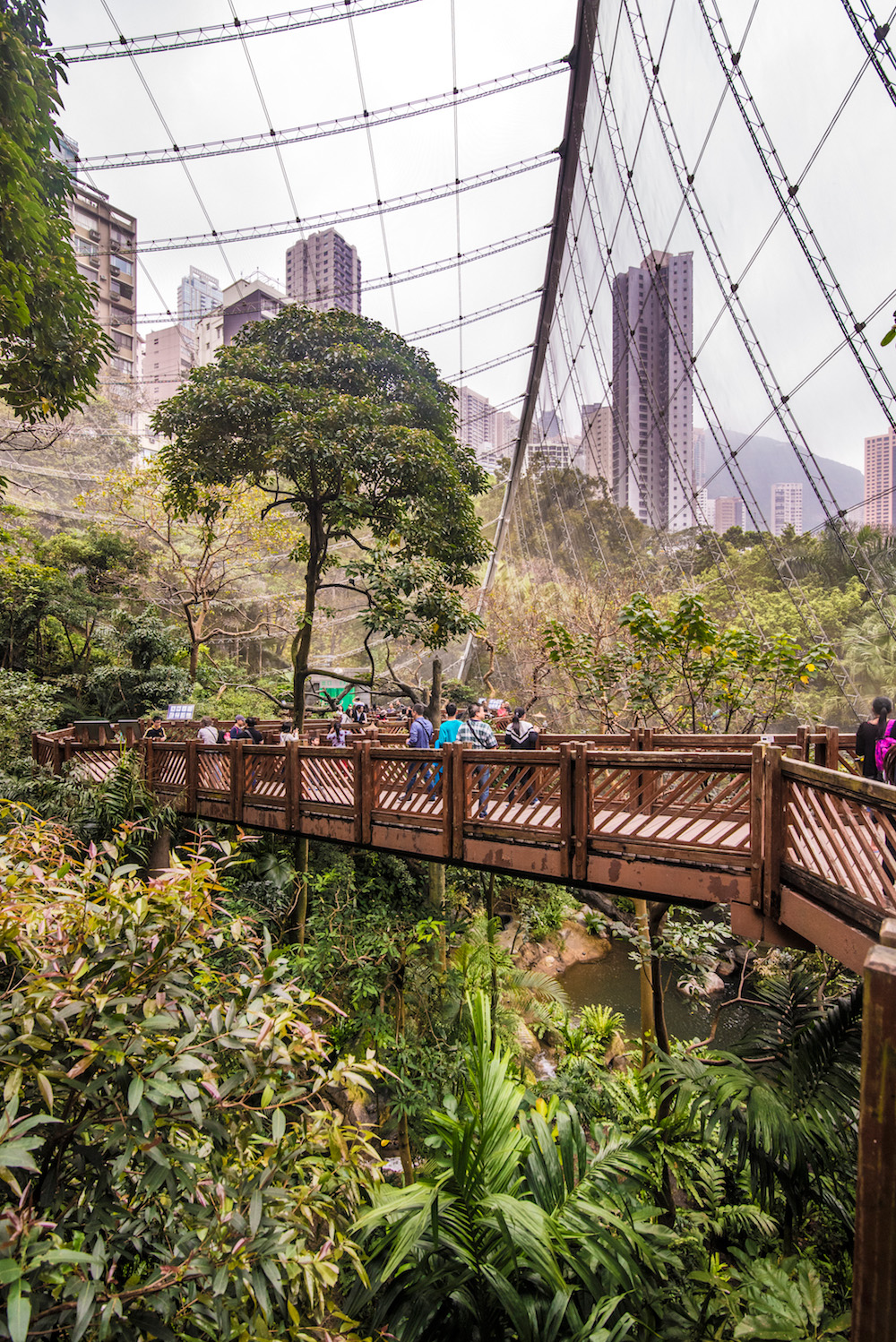
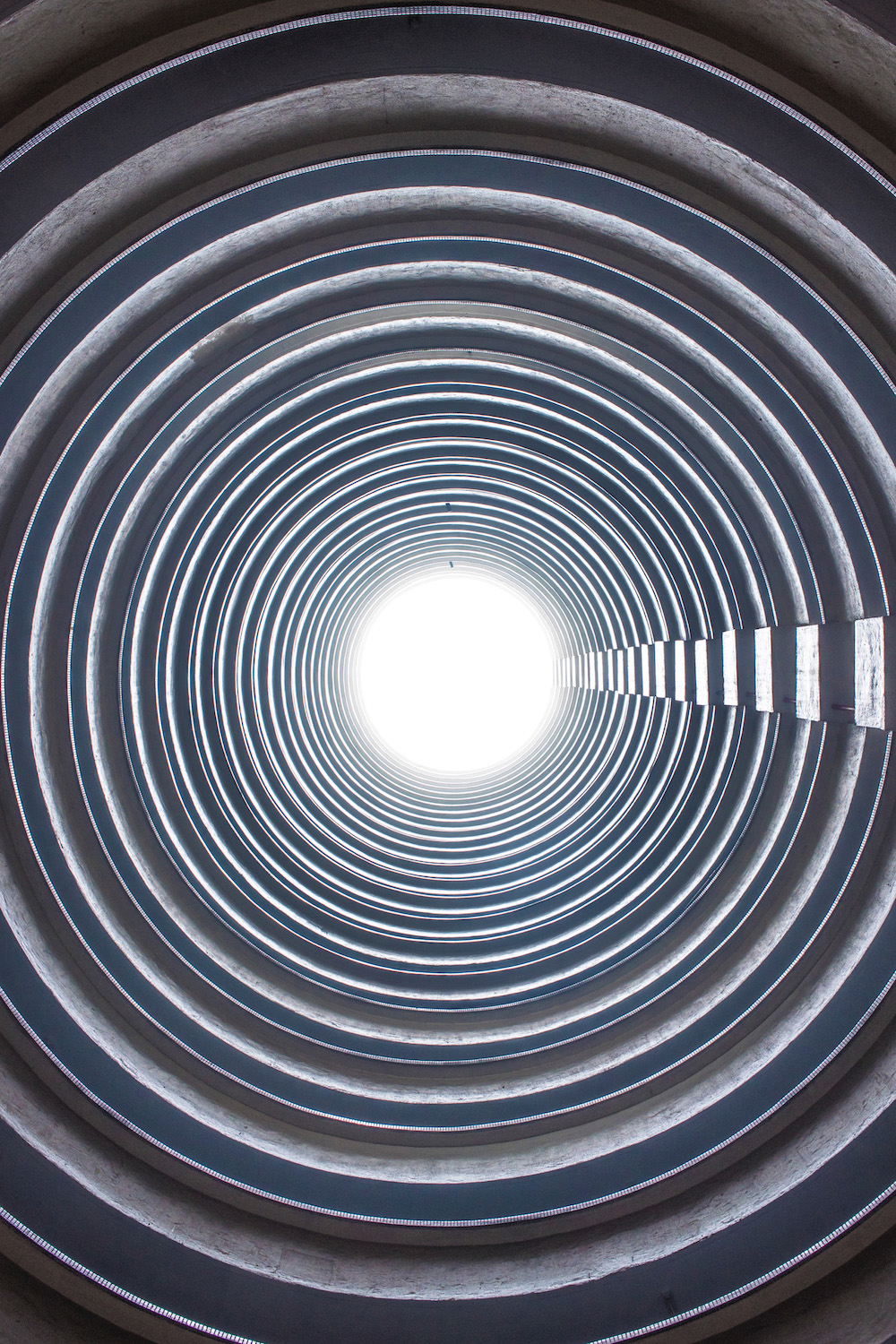
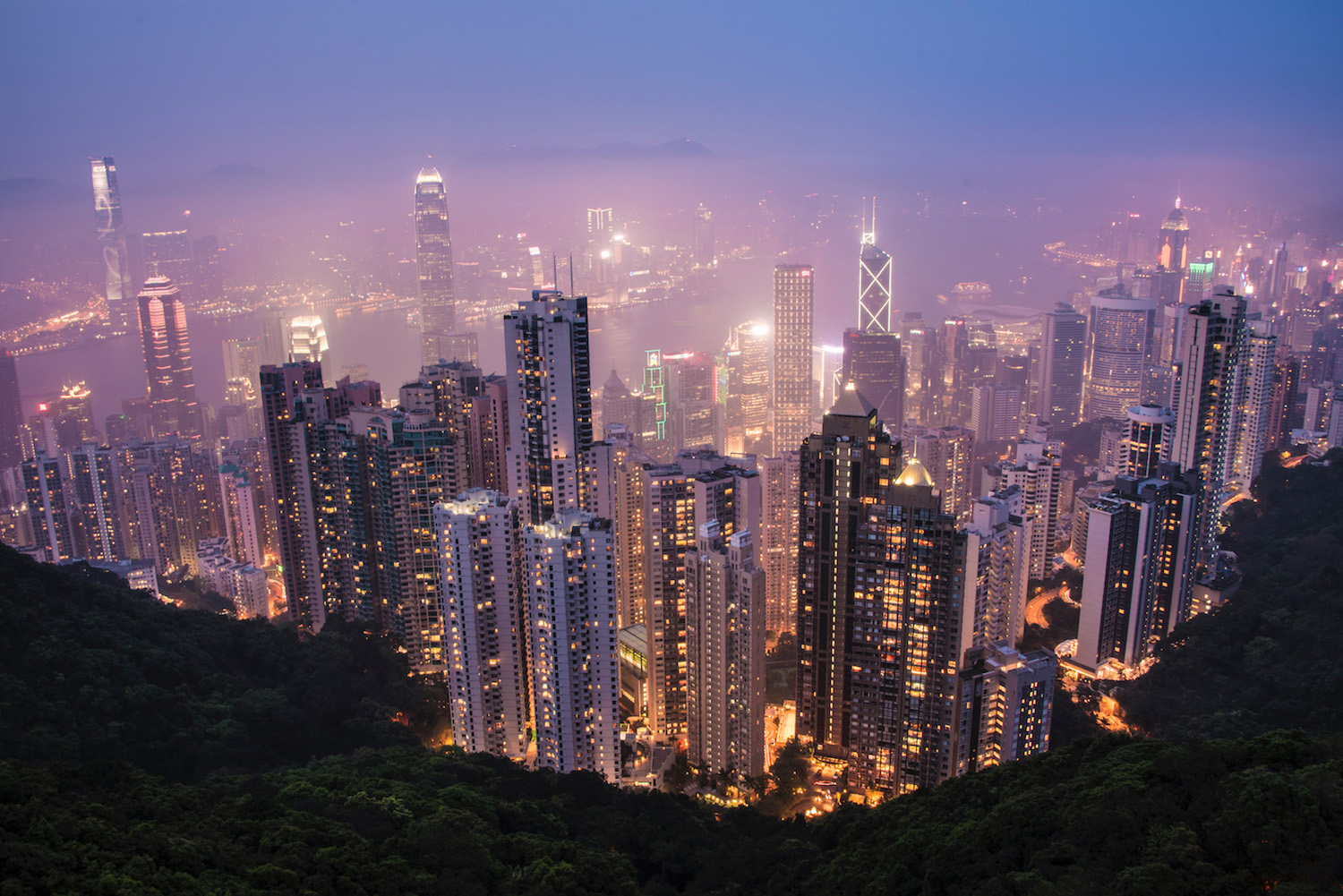
After you finish exploring Yick Fat, it’s a quick metro ride back westward to Tin Hau (then, to be clear, a very steep and maybe not-so-quick uphill walk) to Lai Tak Tsuen, whose design is perhaps less recognizable than Yick Fat, but arguably more strange. As you look up through the vortex-like foyer, you might feel like you’re being abducted by aliens.
Head back toward the central business district for a late lunch or early dinner (might I suggest any location of dim sum house Din Tai Fung, or Indian at Khana Khazana in Wan Chai?), before mounting The Peak Tower (not to be confused with the aforementioned Victoria Peak—there is a difference), then heading either to the bars of Hollywood Road to party, or back to Kowloon to sleep.
DAY THREE: LANTAU AND THE BIG BUDDHA
Take note of where you picked up the Star Ferry to get back to Kowloon, because it’s in the next building over that you’ll catch your boat today: To Mui Wo on Lantau Island. After your 30-minute ferry ride here, it’s about 30 more minutes on the #2 bus to Ngong Ping and the Big Buddha at Po Lin Monastery, a tranquil place you might not expect to find in Hong Kong.
Actually, the Buddha itself usually isn’t tranquil. Thousands of visitors per day walk up its dozens of steps, especially on weekends, a fact that belies its calm natural setting. The monastery is pretty chill through, as is the nearby Wisdom Path, which you’ll need to know Chinese in order to be “wise” enough to understand.
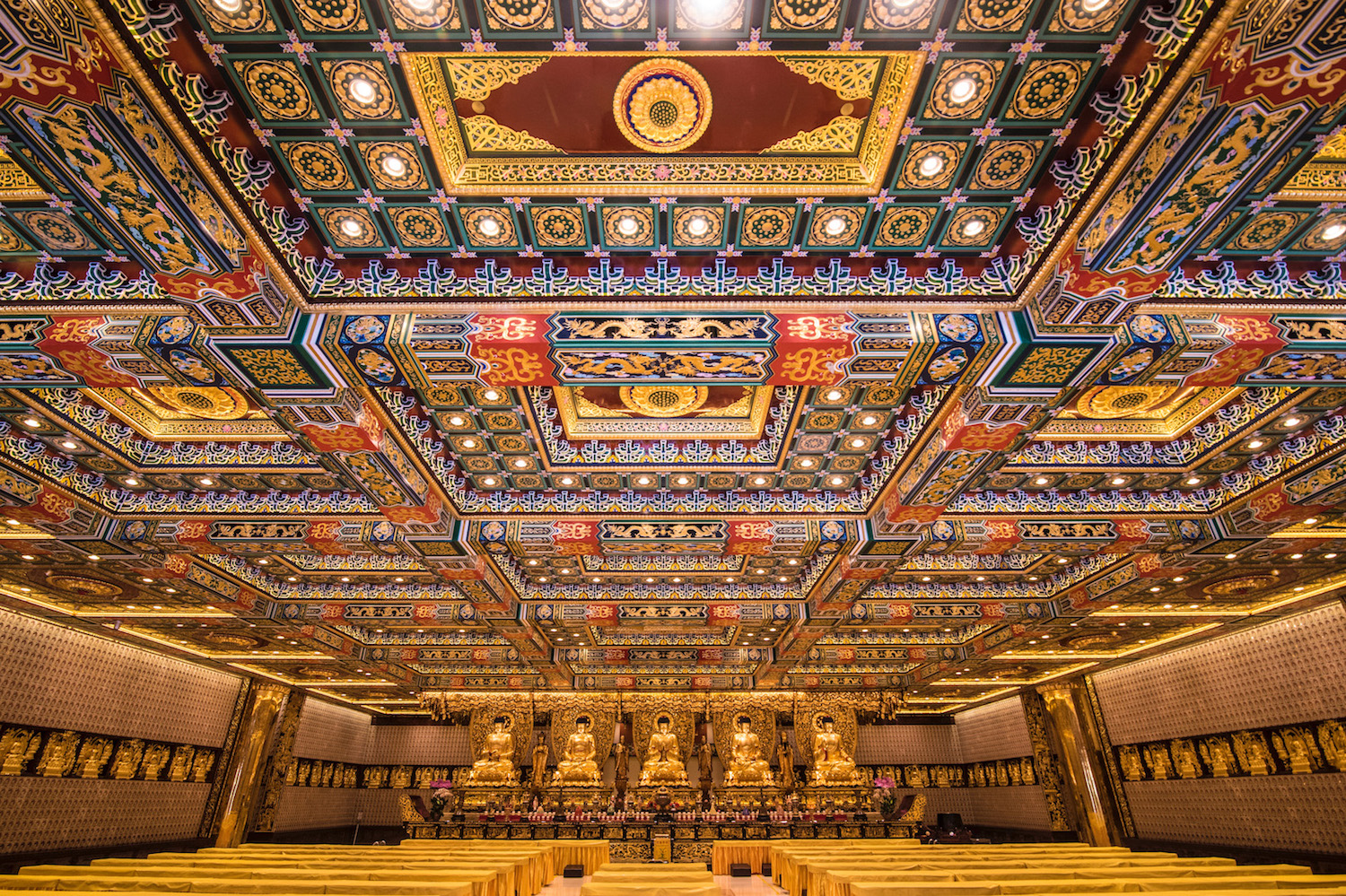
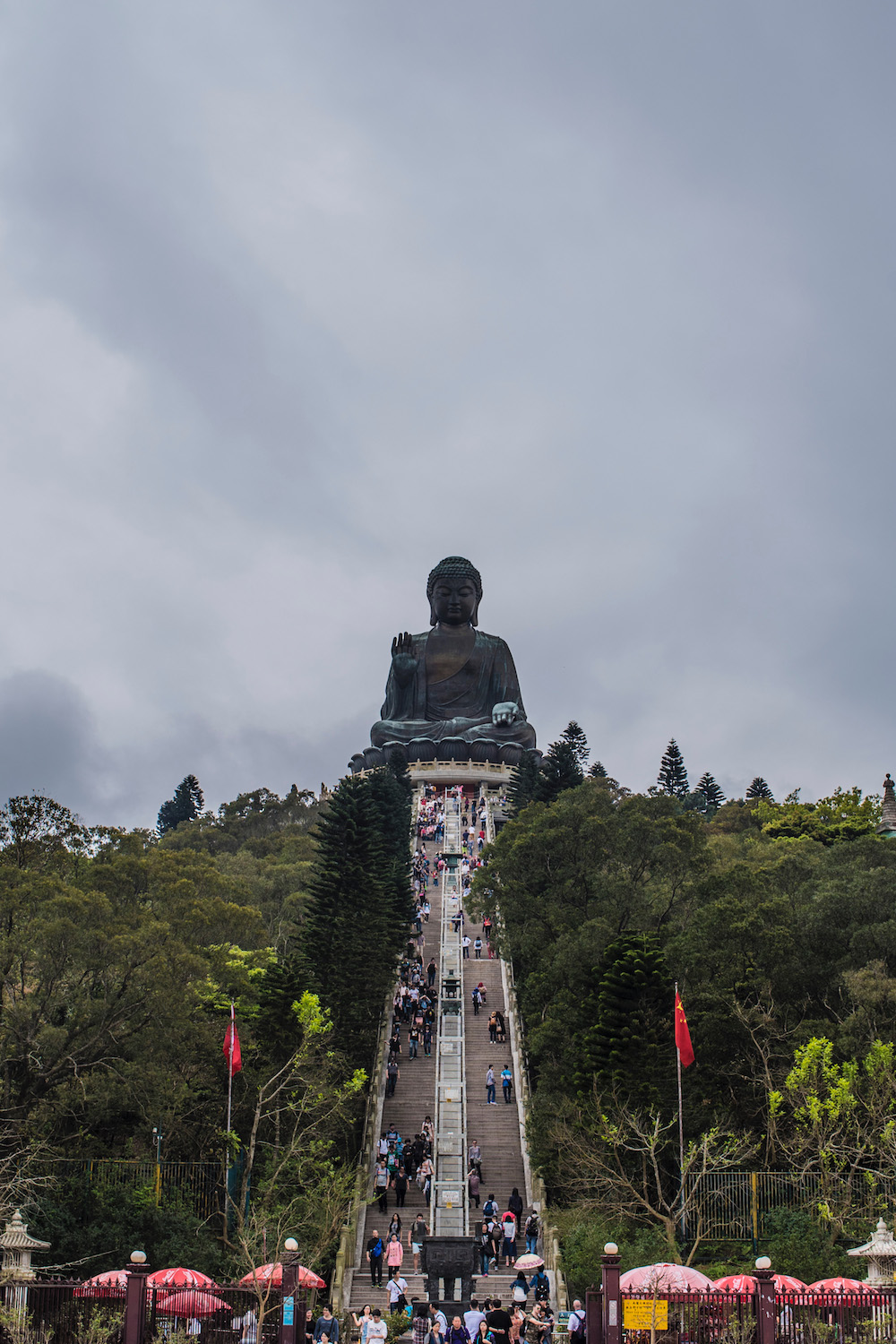
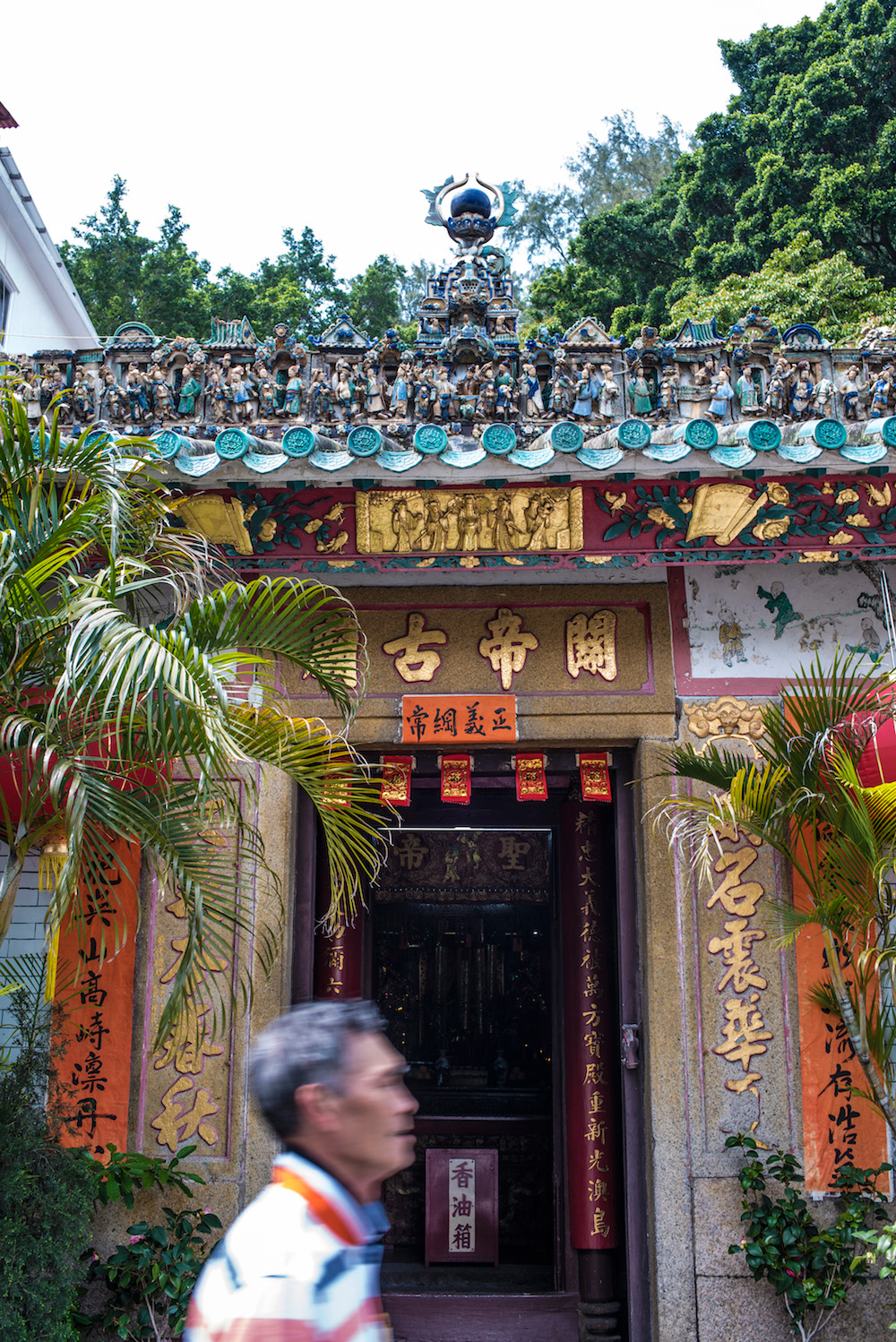
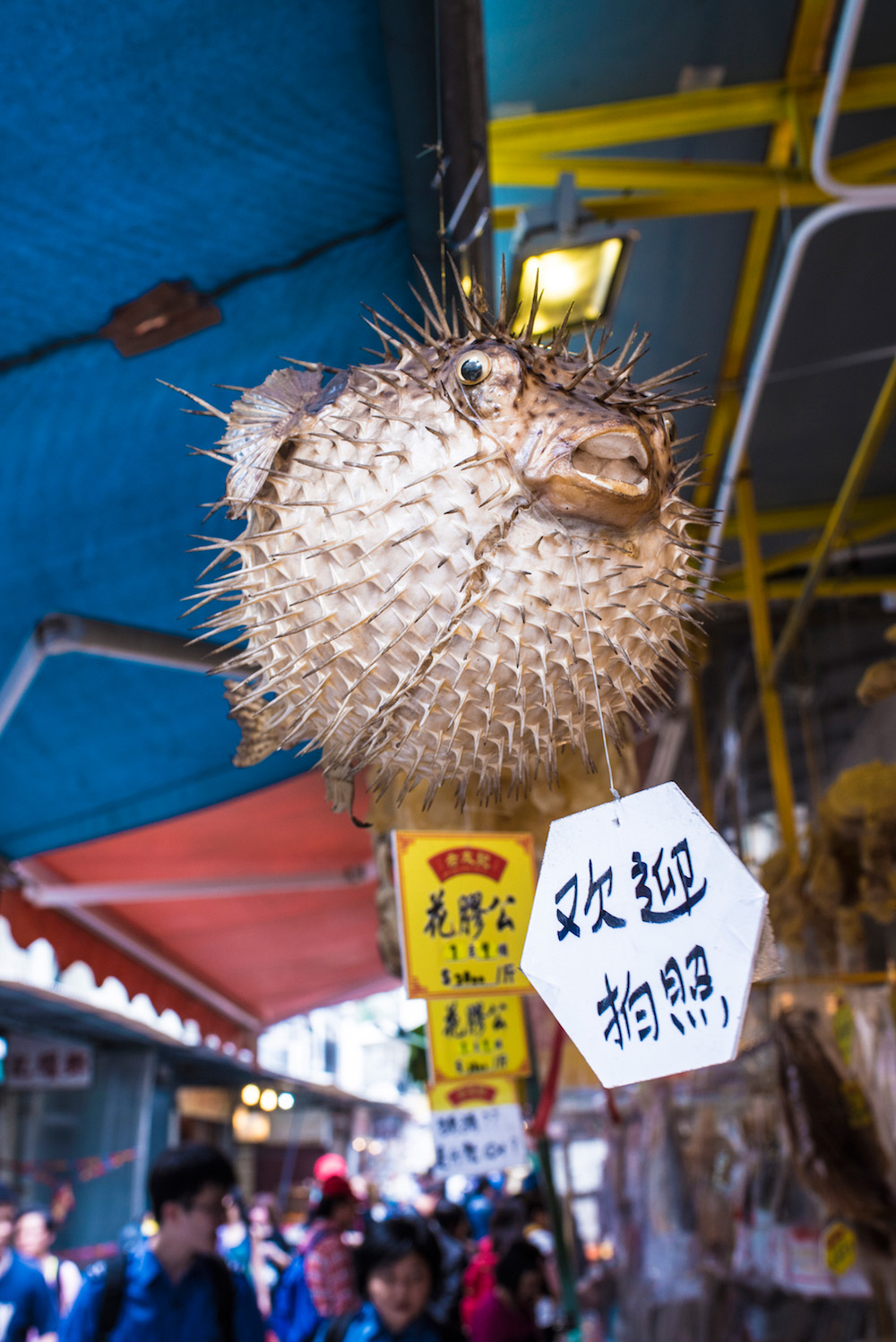
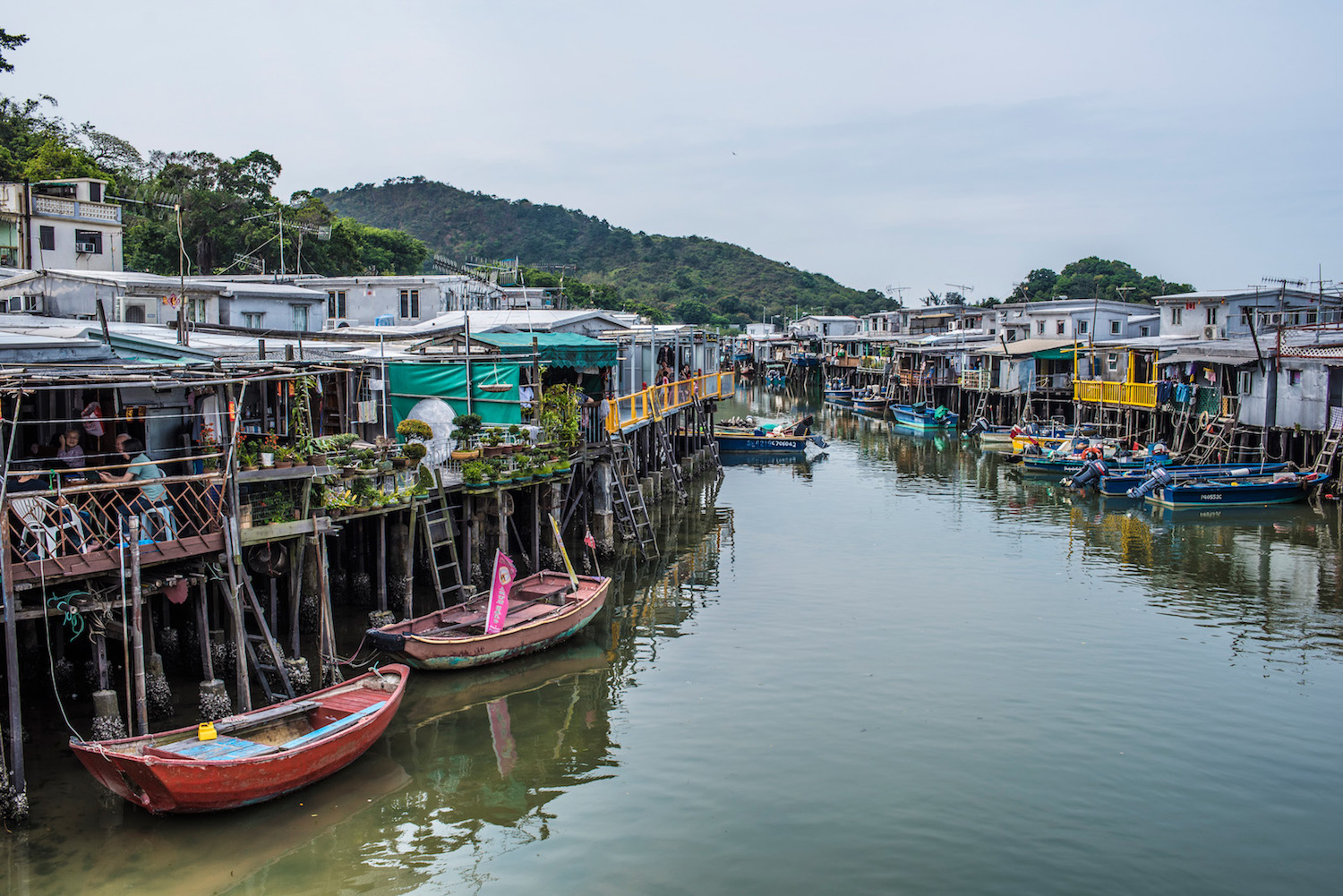
After enjoying lunch at the vegetarian restaurant in the monastery, board the #21 bus to Tai O, a “traditional” fisherman’s village that…actually, I do think they want to maintain their tradition. Although the town is swamped with tourists, residents vehemently oppose extension of the Ngong Ping 360 cable car here, so when you walk even a few minutes off the main strip, you’ll find yourself delightfully alone.
Once you finish here (potentially with a dinner at one of the seafood restaurants and, if it’s not totally cloudy, sunset), head either back to Mui Wo to get a ferry back to Hong Kong Island (where you can enjoy the beautiful Man Mo Temple by night) or to Tung Chung station, where you can ride the MTR all the way back to Kowloon—perhaps, to enjoy one last view of the skyline across Victoria Harbour.
WHEN TO VISIT HONG KONG
Located at a subtropical latitude along the southern coast of China, Hong Kong has decent weather most of the year, so you can theoretically visit anytime. With this being said, aberrations do occur—the past couple winters, for example, have very cold—so you shouldn’t take having good weather for granted. Indeed, Hong Kong’s geography makes it frequently foggy and wet, so I wouldn’t expect to see very much of the sun, temperature notwithstanding.

Robert Schrader is a travel writer and photographer who’s been roaming the world independently since 2005, writing for publications such as “CNNGo” and “Shanghaiist” along the way. His blog, Leave Your Daily Hell, provides a mix of travel advice, destination guides and personal essays covering the more esoteric aspects of life as a traveler.








